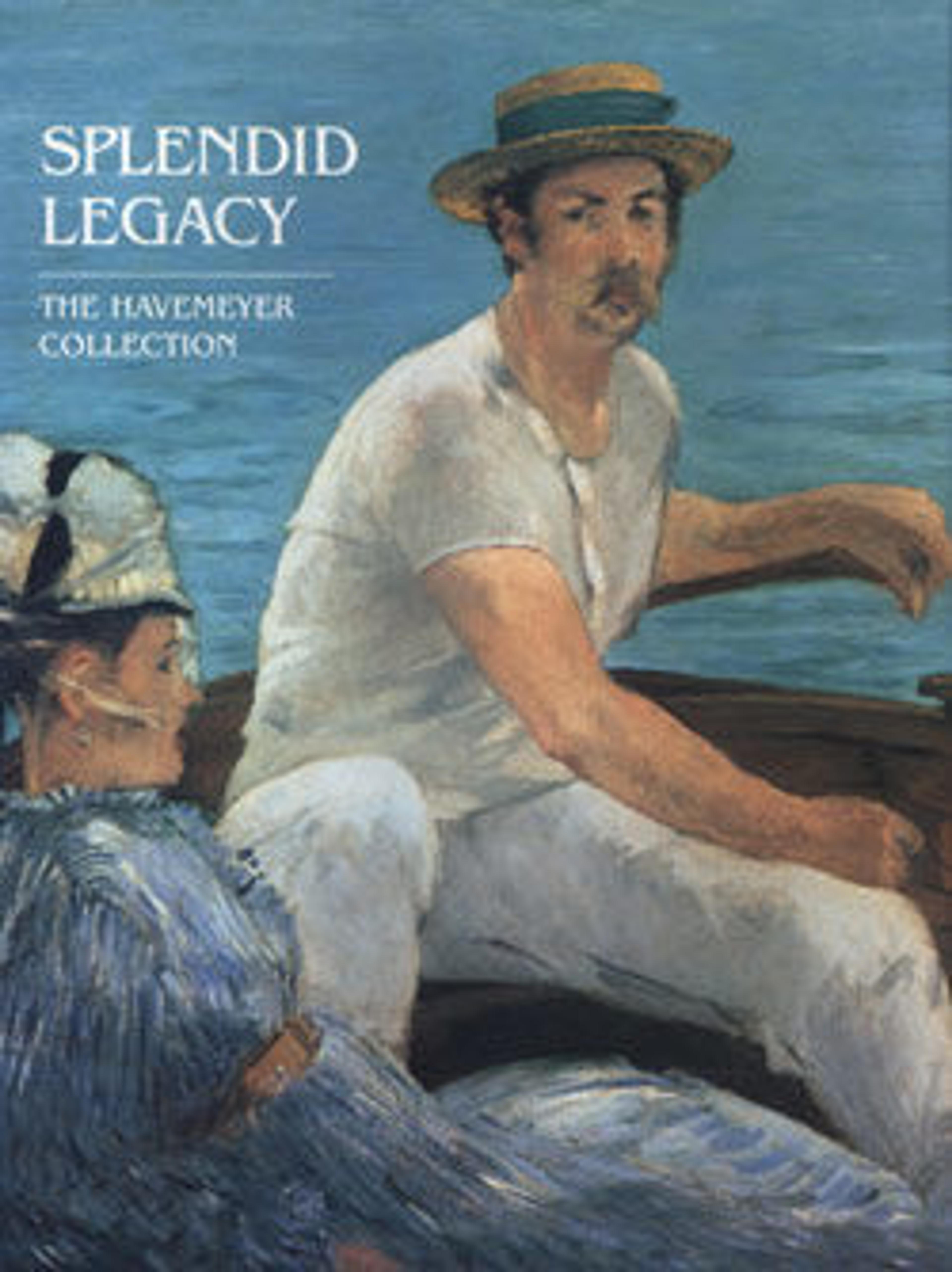The Harvesters, illustration to "The Leather Bottèl"
Abbey moved to England in 1878 to make illustrations for Harper's and settled there permanently in 1883. This image responds to an old ballad that celebrates drinking and the superiority of leather flasks. The artist shows haymakers at noon refreshing themselves with ale. Related stanzas read:
A leather bottèl we know is good,
Far better than glasses or cans of wood,
For when a man's at work in the field,
Your glasses and pots no comfort will yield;
But a good leather bottèl standing by
Will raise his spirits whenever he's dry.
At noon, the haymakers sit them down,
To drink from their bottèls of ale nut-brown;
In summer, too, when the weather is warm,
A good bottèl full will do them no harm.
Then the lads and lasses begin to tottle,
But what would they do without this bottèl?
Reproduced as a wood engraving, the image appeared in Harper's "New Montly Magazine," vol. 77 (August 1888), p. 326, and in "Old Songs, with drawings by E. A. Abbey and Alfred Parsons," New York, 1889, p. 45 (see MMA 21.36.112).
A leather bottèl we know is good,
Far better than glasses or cans of wood,
For when a man's at work in the field,
Your glasses and pots no comfort will yield;
But a good leather bottèl standing by
Will raise his spirits whenever he's dry.
At noon, the haymakers sit them down,
To drink from their bottèls of ale nut-brown;
In summer, too, when the weather is warm,
A good bottèl full will do them no harm.
Then the lads and lasses begin to tottle,
But what would they do without this bottèl?
Reproduced as a wood engraving, the image appeared in Harper's "New Montly Magazine," vol. 77 (August 1888), p. 326, and in "Old Songs, with drawings by E. A. Abbey and Alfred Parsons," New York, 1889, p. 45 (see MMA 21.36.112).
Artwork Details
- Title: The Harvesters, illustration to "The Leather Bottèl"
- Artist: Edwin Austin Abbey (American, Philadelphia, Pennsylvania 1852–1911 London)
- Date: 1887
- Medium: Pen and ink
- Dimensions: sheet: 11 x 17 1/2 in. (27.9 x 44.5 cm)
- Classification: Drawings
- Credit Line: H. O. Havemeyer Collection, Bequest of Mrs. H. O. Havemeyer, 1929
- Object Number: 29.100.926
- Curatorial Department: Drawings and Prints
More Artwork
Research Resources
The Met provides unparalleled resources for research and welcomes an international community of students and scholars. The Met's Open Access API is where creators and researchers can connect to the The Met collection. Open Access data and public domain images are available for unrestricted commercial and noncommercial use without permission or fee.
To request images under copyright and other restrictions, please use this Image Request form.
Feedback
We continue to research and examine historical and cultural context for objects in The Met collection. If you have comments or questions about this object record, please complete and submit this form. The Museum looks forward to receiving your comments.
